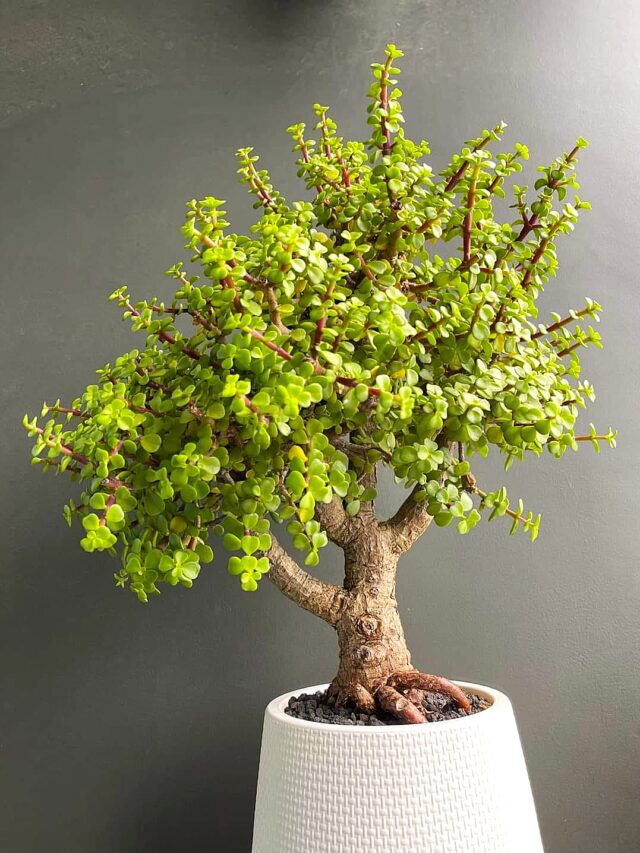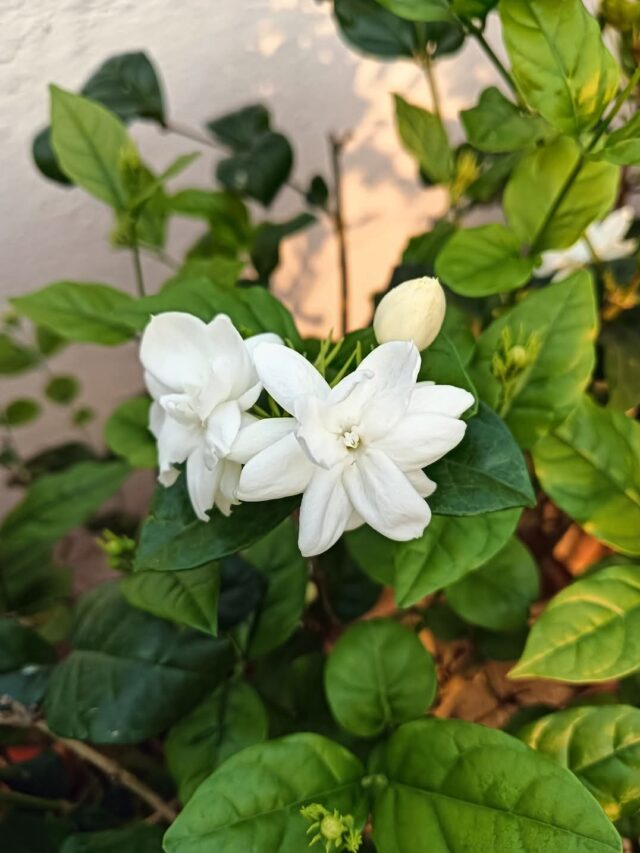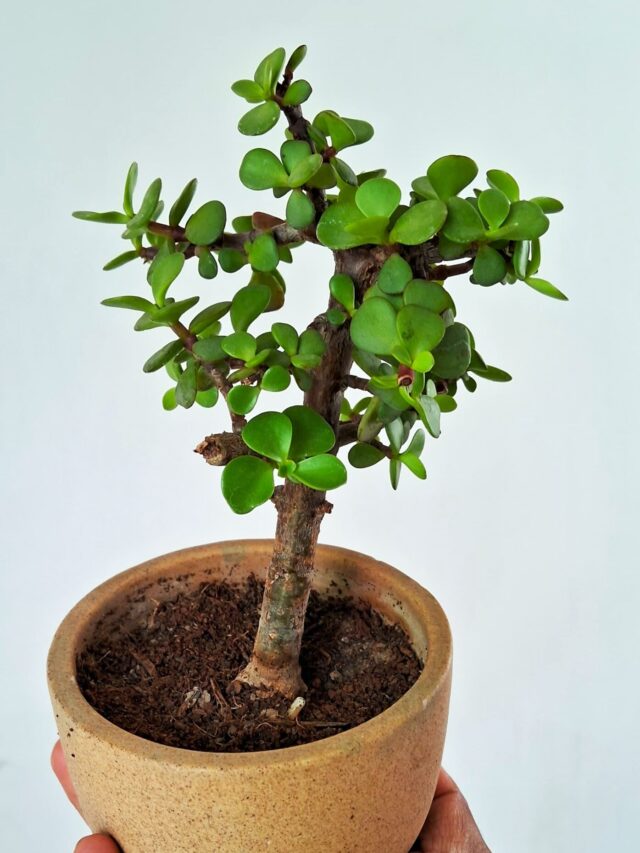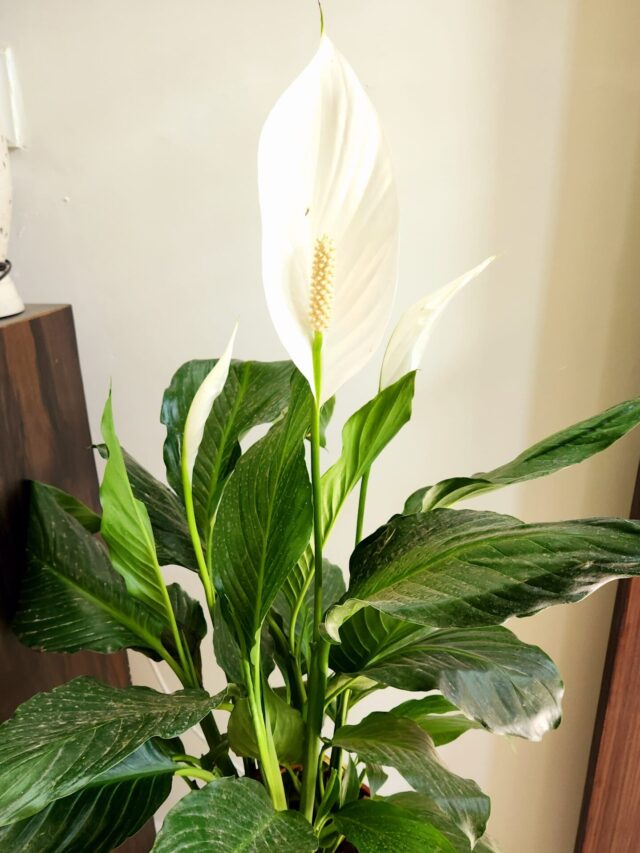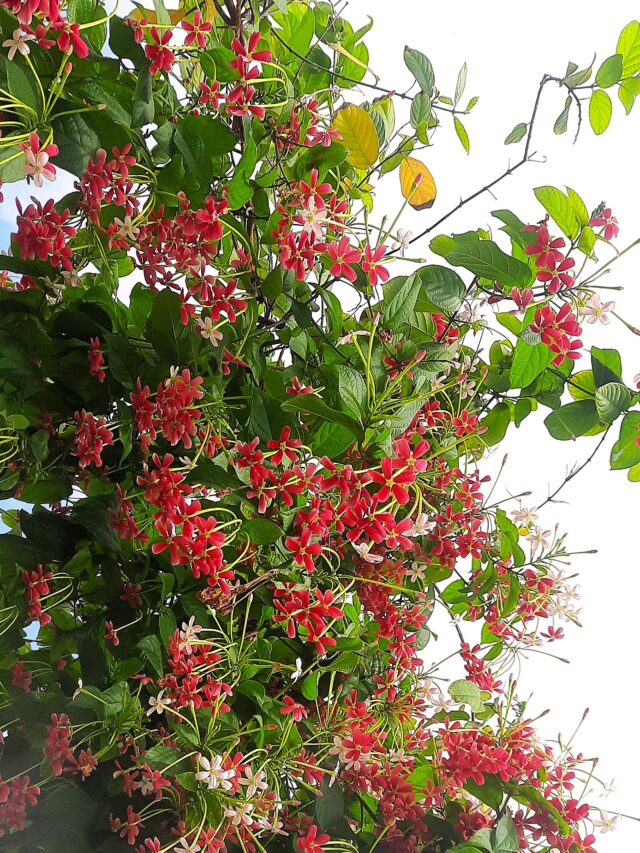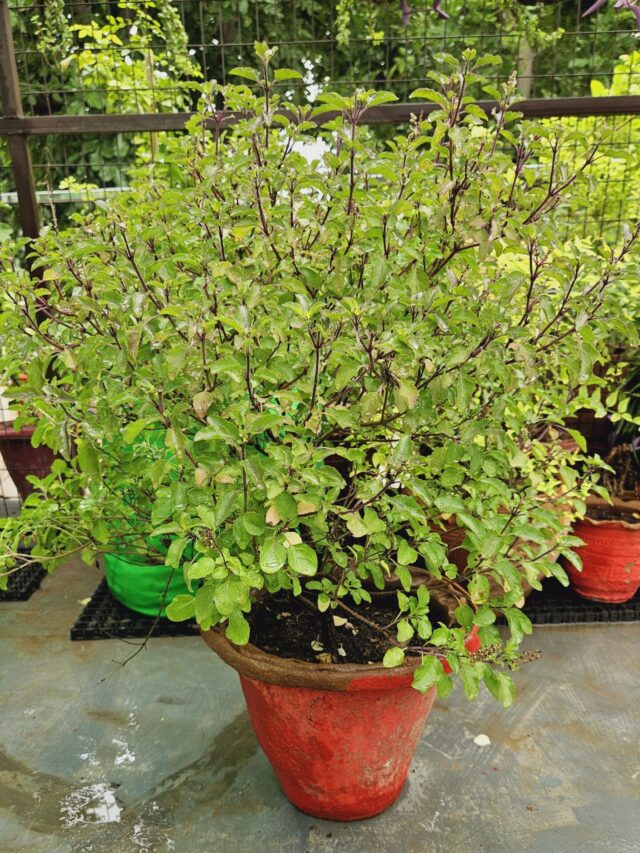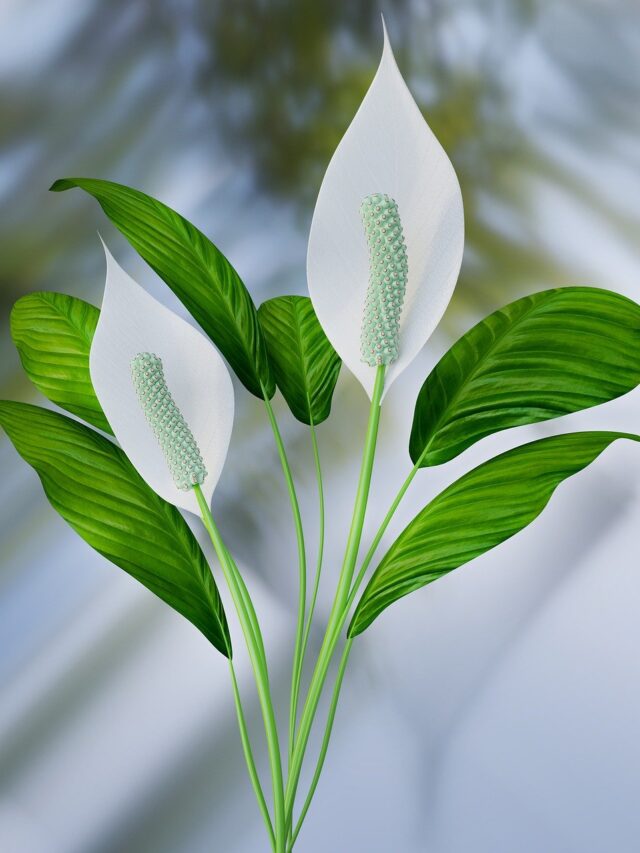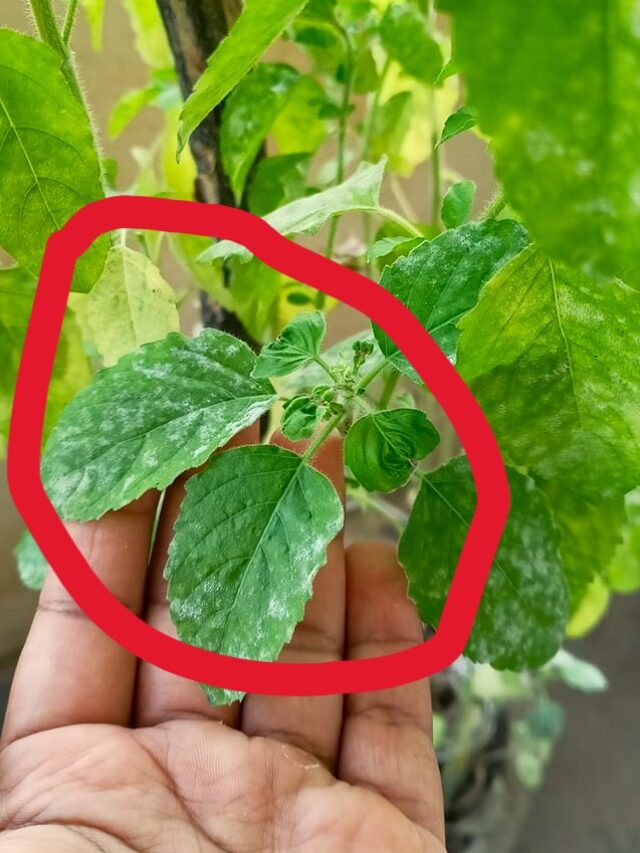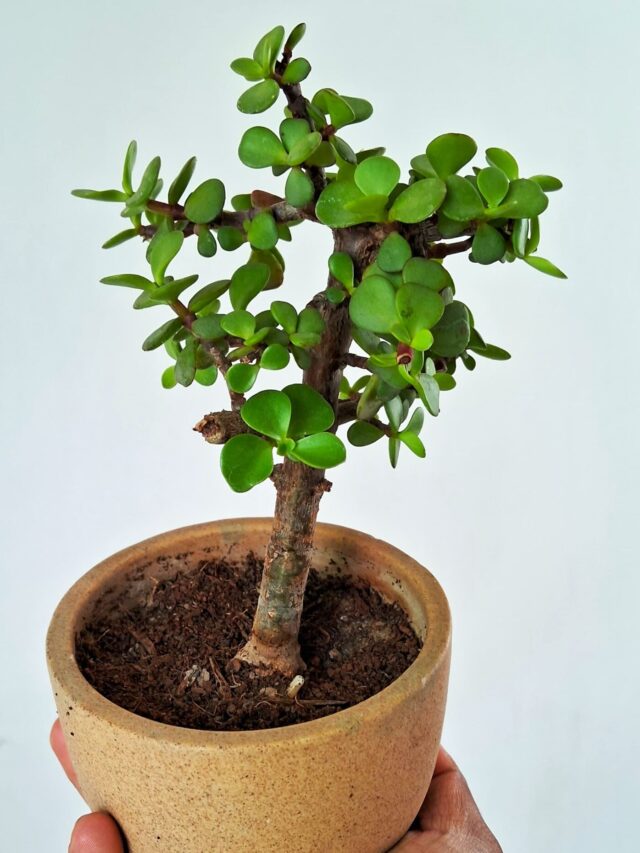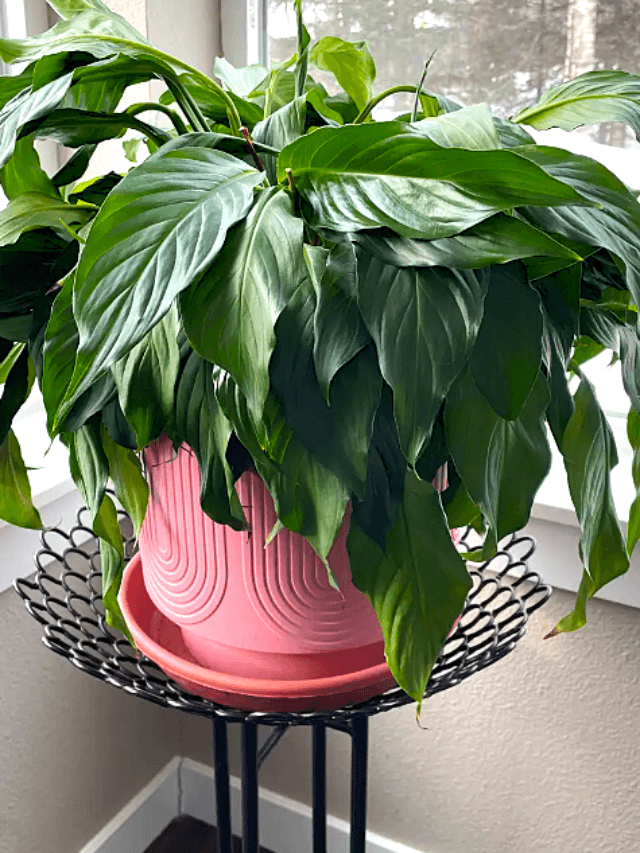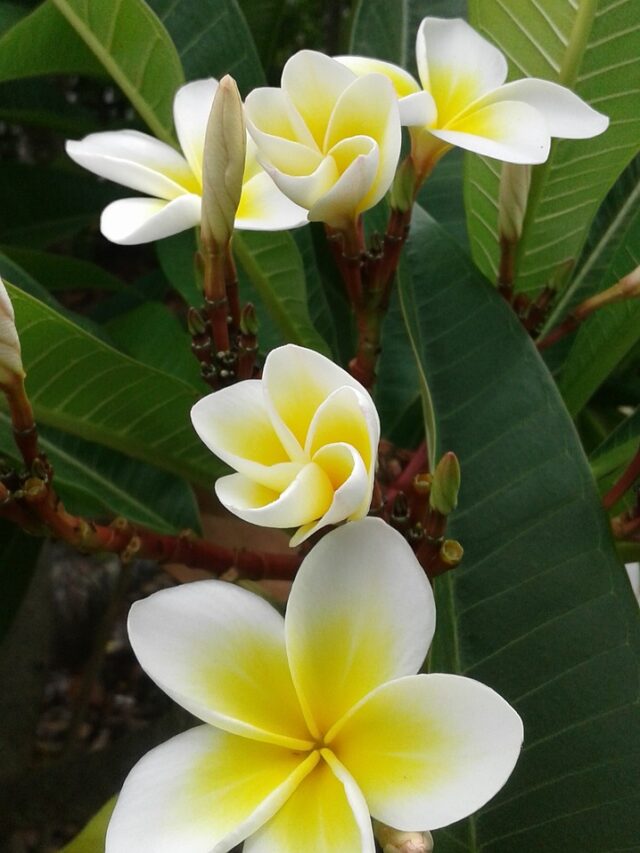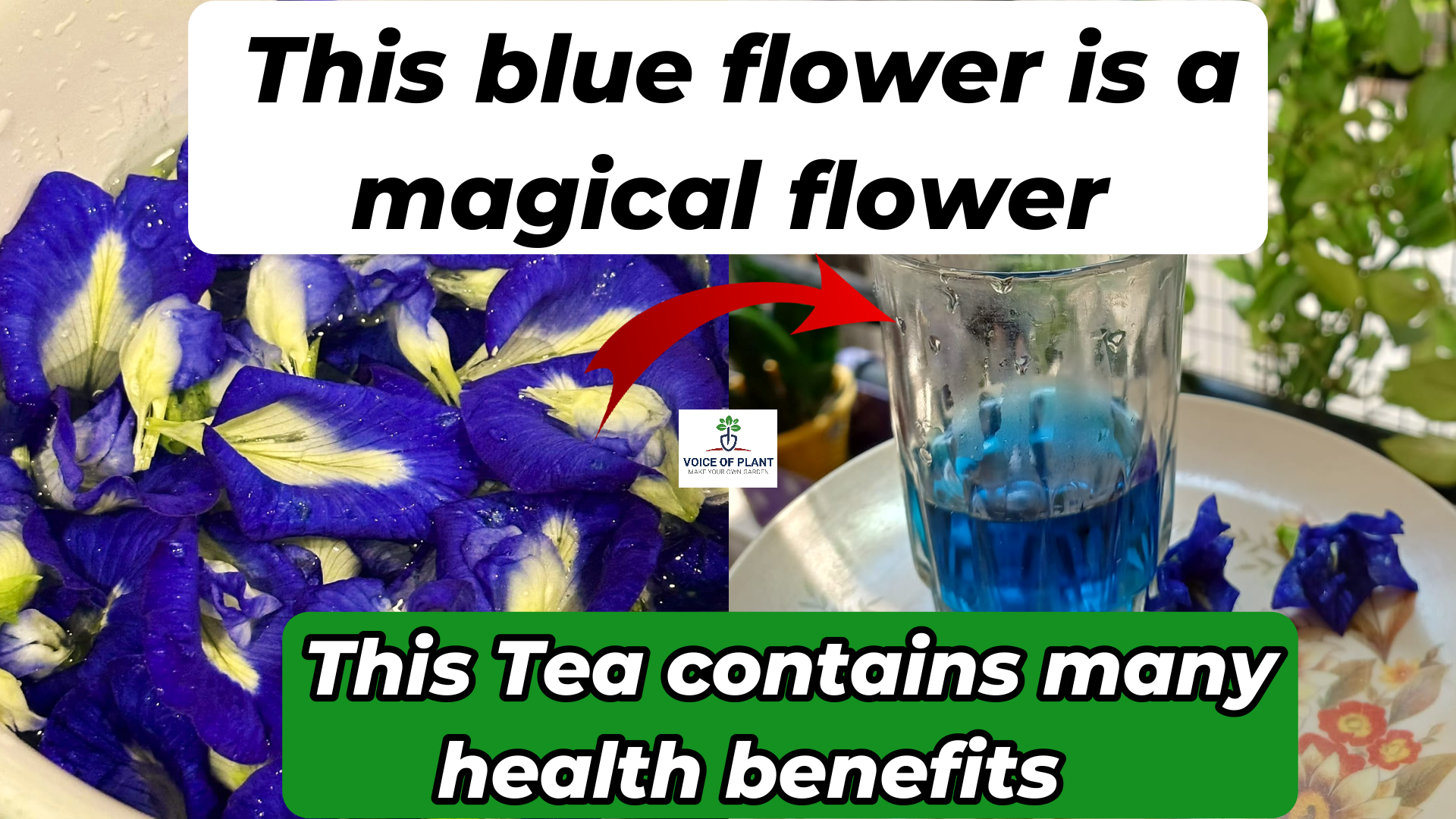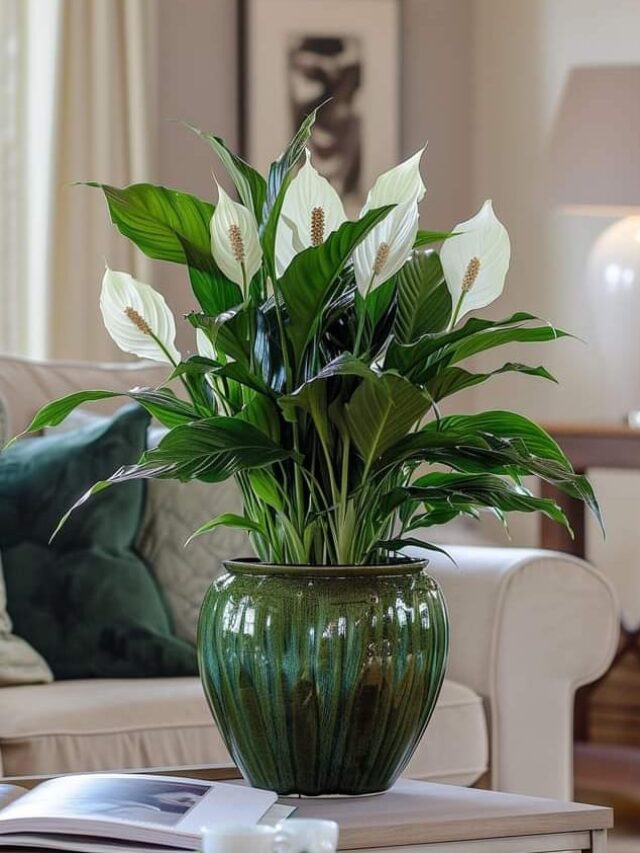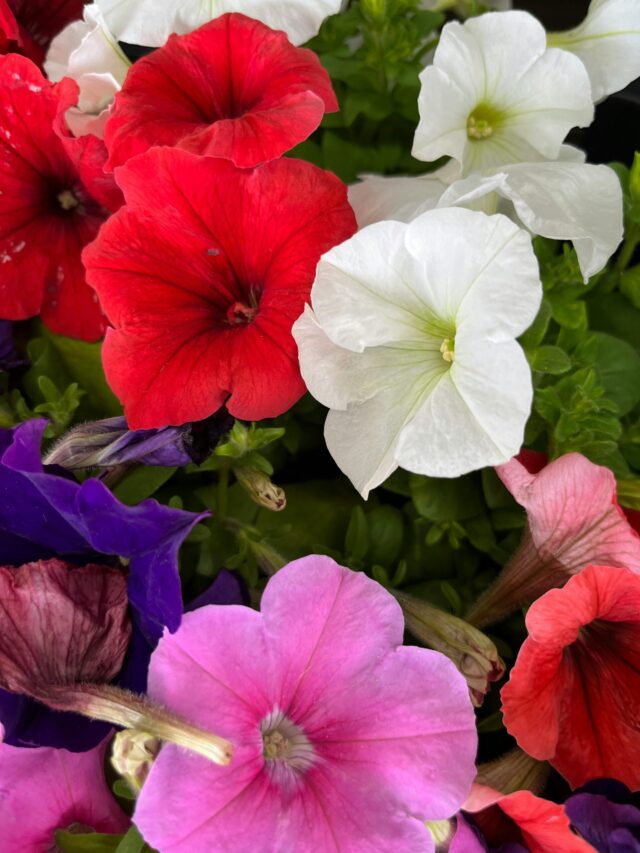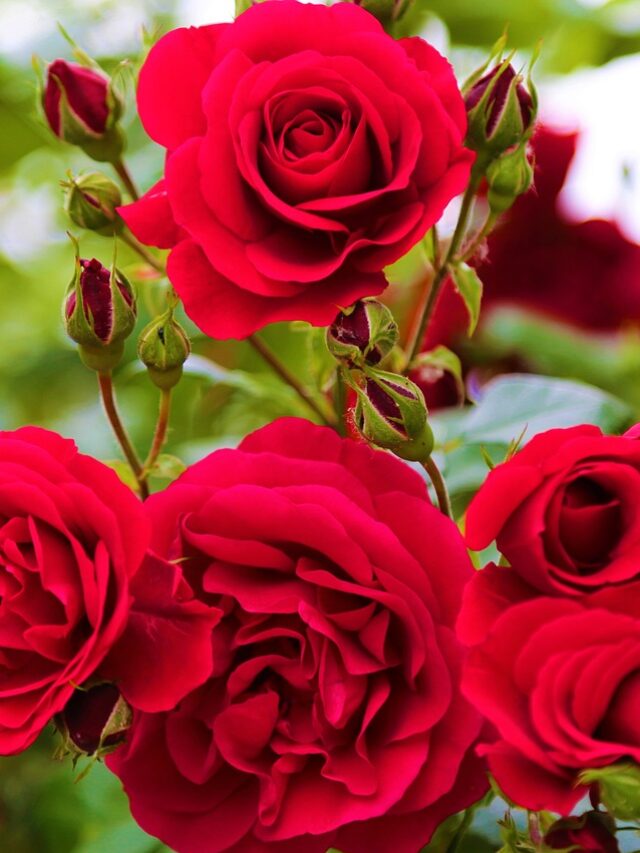This blue flower is a magical flower,
Unbelievable Health Benefits of This Flower
This is a very special and magical flower. It is not only admired for its beauty but is also renowned for its significant health benefits. The tea made from this flower has gained popularity due to its numerous medicinal properties, providing natural benefits to the body.

Specialty of the Aprajita Blue Flower

This blue flower is known for its unique blue colour. This flower attracts the attention of gardening lovers with its vibrant colour and attractive appearance.
- Not only is it used for decorative purposes in gardens, but it is also valuable due to its medicinal properties.
We are talking about the Aparajita flower

Blue flower of Aparajita (Clitoria ternatea), also commonly known as Blue Butterfly Pea or Blue Clitoria. The Aparajita plant is commonly called Vishnukanta or Shankarpushpi.
Health Benefits of Aprajita Flower Tea

The tea made from Aparajita’s blue flower is highly beneficial for health.
- It is prepared by boiling the flowers in water or soaking them in hot water.
- The tea has a deep blue color and a unique taste.
It contains various antioxidants and nutrients that are beneficial for the body.
1. Good for Brain Health
The antioxidants and flavonoids present in Aparajita flowers help keep the brain active and healthy. This tea enhances brain function and reduces mental fatigue. Regular consumption can also improve focus and memory.
2. Reduces Stress and Anxiety
Aparajita tea has antidepressant properties, which help reduce stress and anxiety. It keeps you mentally calm and improves the quality of sleep.
3. Beneficial for Skin and Hair
Aparajita flowers are rich in antioxidants, which help maintain healthy and radiant skin. It is also beneficial for hair health as it strengthens the roots and reduces hair fall.
Check this:
Know the Medicinal Benefits of Night Jasmine (Parijat)
4. Boosts Immunity
The flavonoids and antioxidants in Aparajita tea help boost the body’s immune system. Regular consumption may protect against common illnesses like colds and coughs.
5. Detoxification
Aparajita tea helps in detoxifying the body by removing harmful toxins. It is also beneficial for the health of the kidneys and liver.
6. How to Make Aparajita Tea
Making Aparajita tea is very simple. Take a few fresh or dried blue flowers and put them in a cup of hot water. Let it steep for a few minutes, then strain and drink. You can add honey and lemon to enhance its flavor.
Conclusion:
Aparajita’s blue flower is not only beautiful to look at but also packed with medicinal properties. Its tea is highly beneficial for health, helping maintain brain function, skin, hair, and immune health.
Follow our Social media channel:
1. Voice of Plant – YouTube Channel
2. Voice of Plant Facebook Page
3. Instagram Voice of Plant Channel
Happy Gardening!

